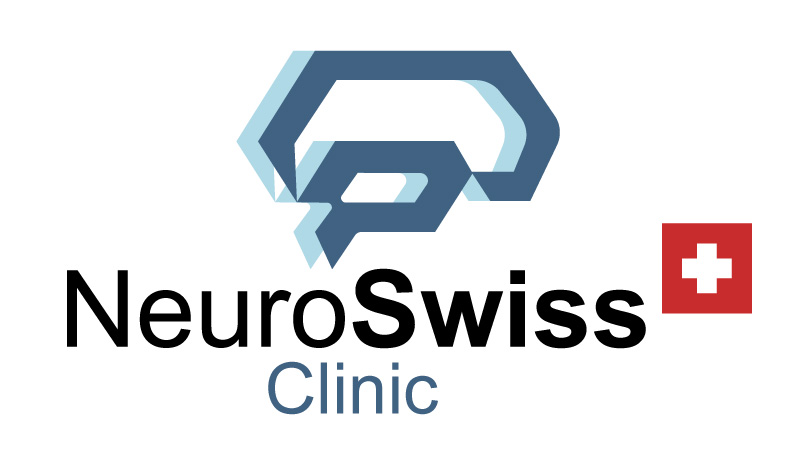Insomnia is one of the most common sleep disorders, affecting millions of people worldwide. It is characterized by difficulty falling asleep, staying asleep, or waking up too early, despite having the opportunity for adequate rest. Chronic insomnia can lead to serious health issues, including anxiety, depression, cognitive decline, and cardiovascular disease.
Types of Insomnia
Insomnia can be classified into two main types:
- Acute Insomnia: Short-term insomnia, often triggered by stress or a traumatic event, typically lasting for days or weeks.
- Chronic Insomnia: Long-term insomnia, which persists for months or longer, often associated with underlying health conditions or psychological issues.
Symptoms of Insomnia
- Difficulty falling asleep or staying asleep
- Waking up too early and being unable to return to sleep
- Daytime fatigue, irritability, or poor concentration
- Reduced cognitive performance
- Increased risk of mental health issues such as depression and anxiety
Latest Research and Discoveries on Insomnia
Recent studies have shed light on the neurobiological mechanisms underlying insomnia. A 2021 study by Luik et al. identified that individuals with insomnia often show hyperactivity in the arousal system of the brain, particularly in regions like the hypothalamus and amygdala, which regulate the sleep-wake cycle and stress responses. Additionally, researchers have identified that alterations in GABA receptors (inhibitory neurotransmitters) contribute to difficulty falling asleep, leading to hyperarousal states that disrupt sleep.
Neuroinflammation has also been linked to chronic insomnia. Prolonged sleep disturbances can increase levels of inflammatory cytokines, leading to oxidative stress and cognitive decline over time. This highlights the importance of treating insomnia not just as a psychological issue, but also as a condition with physiological consequences.
Innovative Treatment Approaches: iSyncWave, PBM, and Neurofeedback
Traditional treatments for insomnia include cognitive-behavioral therapy for insomnia (CBT-I), medications such as sedative-hypnotics, and lifestyle changes. However, modern approaches utilizing brain mapping and neurotherapy have shown promising results.
iSyncWave for Insomnia Treatment
The iSyncWave system integrates QEEG (Quantitative EEG) brain mapping to identify abnormal brainwave activity associated with insomnia. People suffering from insomnia often display increased beta waves (associated with alertness) during sleep, which prevent the brain from entering deep, restorative stages of sleep, such as slow-wave sleep (SWS). By using iSyncWave’s real-time brain mapping, clinicians can better understand each patient’s specific brainwave patterns and develop targeted neurotherapy protocols.
Photobiomodulation (PBM) Therapy for Insomnia
PBM therapy uses near-infrared light to stimulate cellular activity in the brain, promoting healthier brain function. For patients with insomnia, PBM has shown the ability to:
- Increase melatonin production, which is essential for regulating the sleep-wake cycle.
- Reduce neuroinflammation and oxidative stress, both of which are linked to disrupted sleep patterns.
- Enhance mitochondrial function in neurons, promoting more efficient energy use in the brain and improving sleep quality.
A study by Xu et al. (2022) found that PBM significantly improved sleep onset and overall sleep quality in individuals with chronic insomnia. PBM can stimulate brain regions such as the hypothalamus, which plays a key role in maintaining circadian rhythms.
Neurofeedback for Insomnia
Neurofeedback is a non-invasive brain training technique that uses real-time data from brainwave activity to help patients regulate their brain function. Studies have shown that patients with insomnia often have abnormal beta and alpha wave patterns, which prevent the transition into deeper stages of sleep.
A study by Cortoos et al. (2020) demonstrated that neurofeedback training helped reduce beta wave activity in insomnia patients, leading to significant improvements in sleep onset and duration. The iSyncWave system combines QEEG brain mapping with neurofeedback training to help patients adjust their brainwave patterns for better sleep regulation.
The Importance of Brain Scanning Before Treatment
Before starting any treatment, performing a QEEG brain scan is crucial to understanding the underlying brainwave abnormalities associated with insomnia. The scan allows clinicians to personalize treatment protocols, ensuring that therapies such as neurofeedback and PBM are tailored to the patient’s unique neurophysiological patterns. This approach increases the likelihood of effective treatment and long-term improvement in sleep quality.
Conclusion
With innovative treatments like iSyncWave, Photobiomodulation (PBM), and Neurofeedback, patients suffering from insomnia can now benefit from personalized, non-invasive therapies that target the underlying brainwave abnormalities and neuroinflammation responsible for sleep disturbances. As research continues to evolve, these technologies offer new hope for improving sleep quality and overall well-being.
References
- Luik, A. I., et al. (2021). “Hyperarousal and insomnia: A systematic review of brain mechanisms.” Journal of Sleep Research, 30(5), e13350.
- Xu, Z., et al. (2022). “Photobiomodulation therapy for chronic insomnia: Effects on sleep quality and circadian rhythms.” Journal of Clinical Neuroscience, 96, 89-95.
- Cortoos, A., et al. (2020). “Neurofeedback and insomnia: A systematic review and meta-analysis.” Journal of Clinical Sleep Medicine, 16(2), 289-297.
- Riemann, D., et al. (2018). “The neurobiology, investigation, and treatment of chronic insomnia.” The Lancet Neurology, 17(3), 190-198.
- Walker, M. P. (2019). “Why we sleep: Unlocking the power of sleep and dreams.” Scribner, 15-29.

